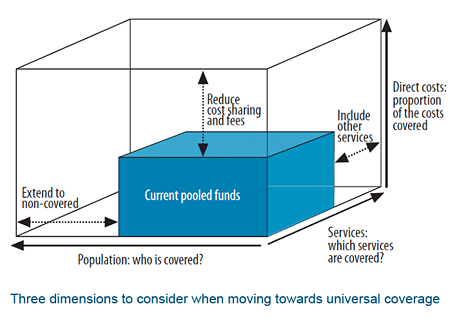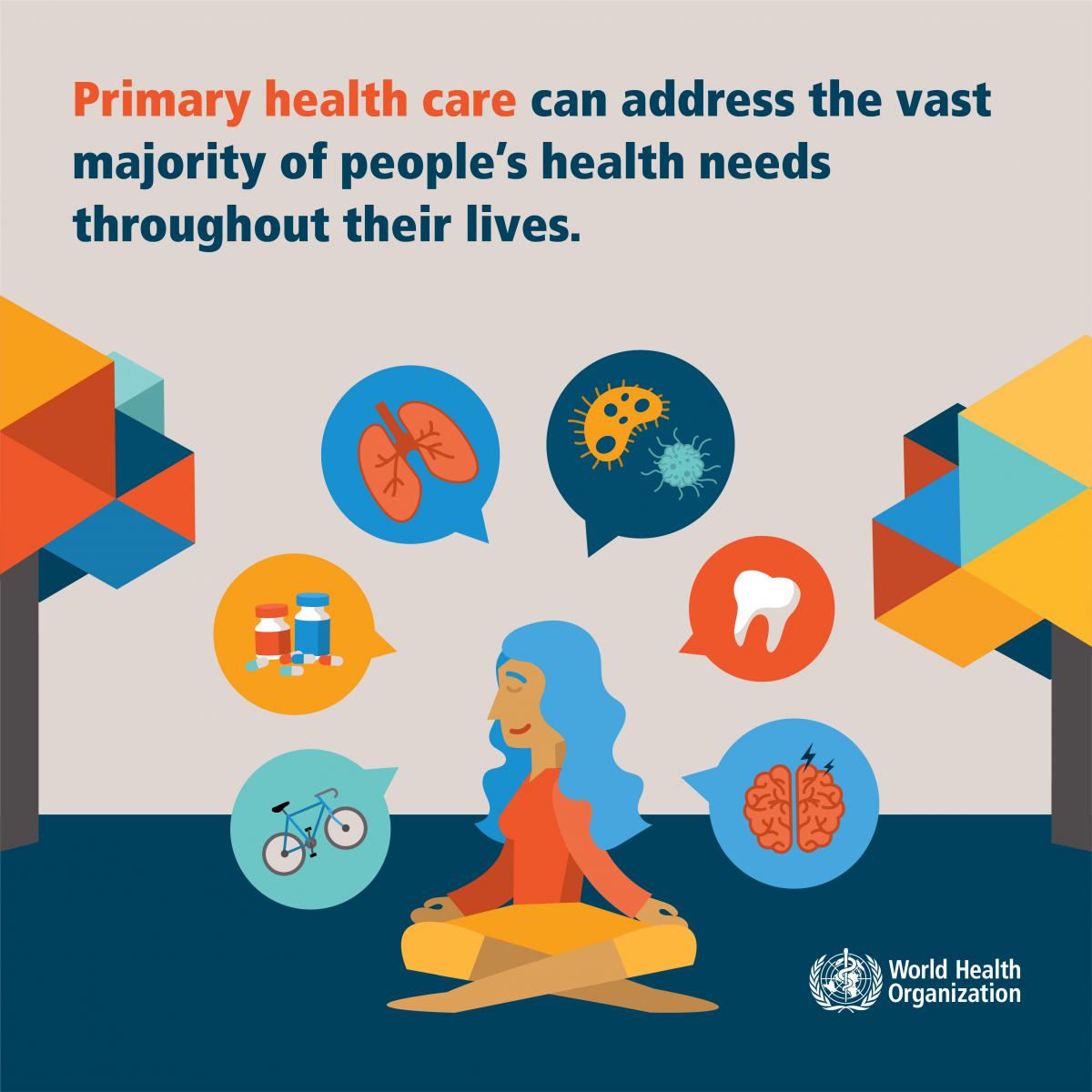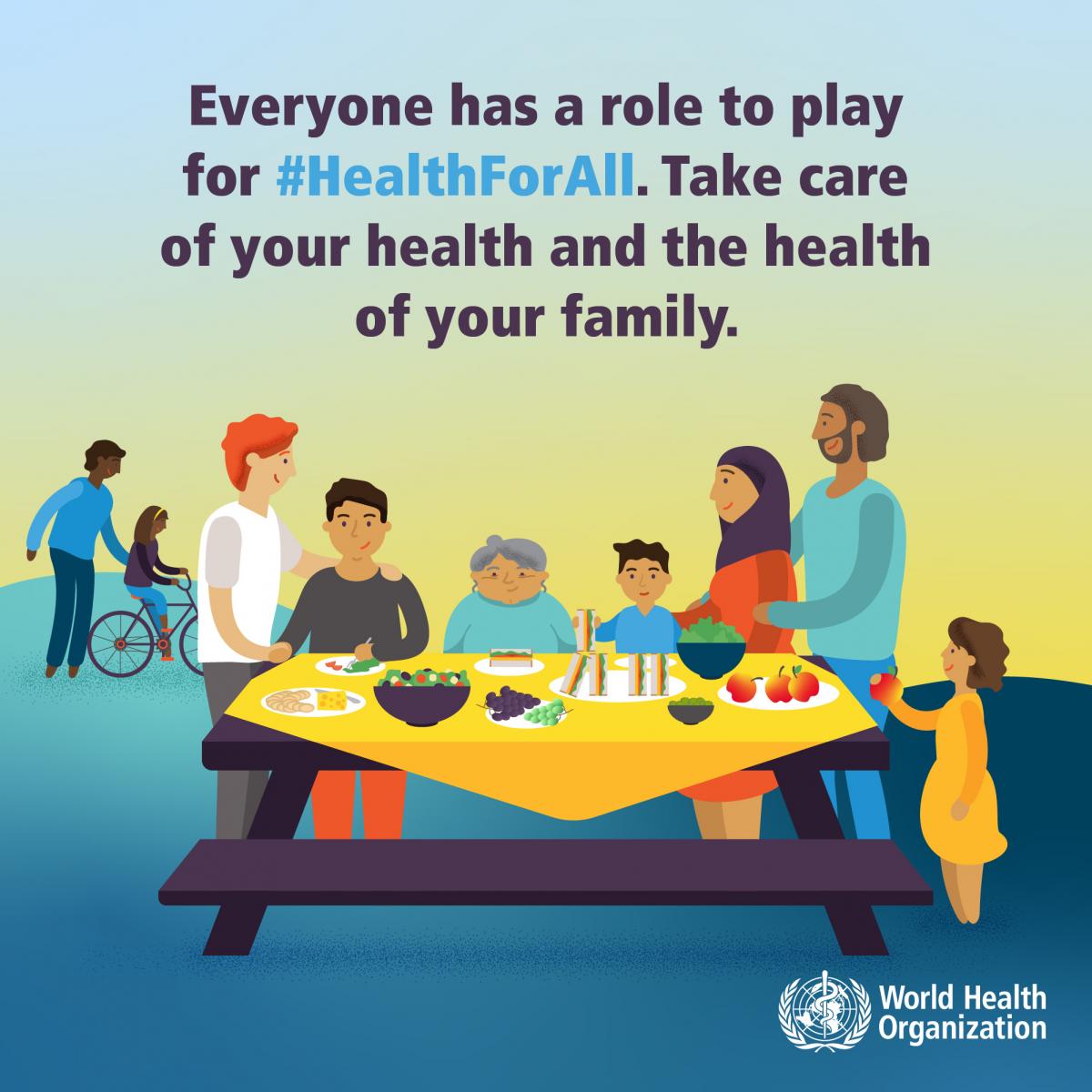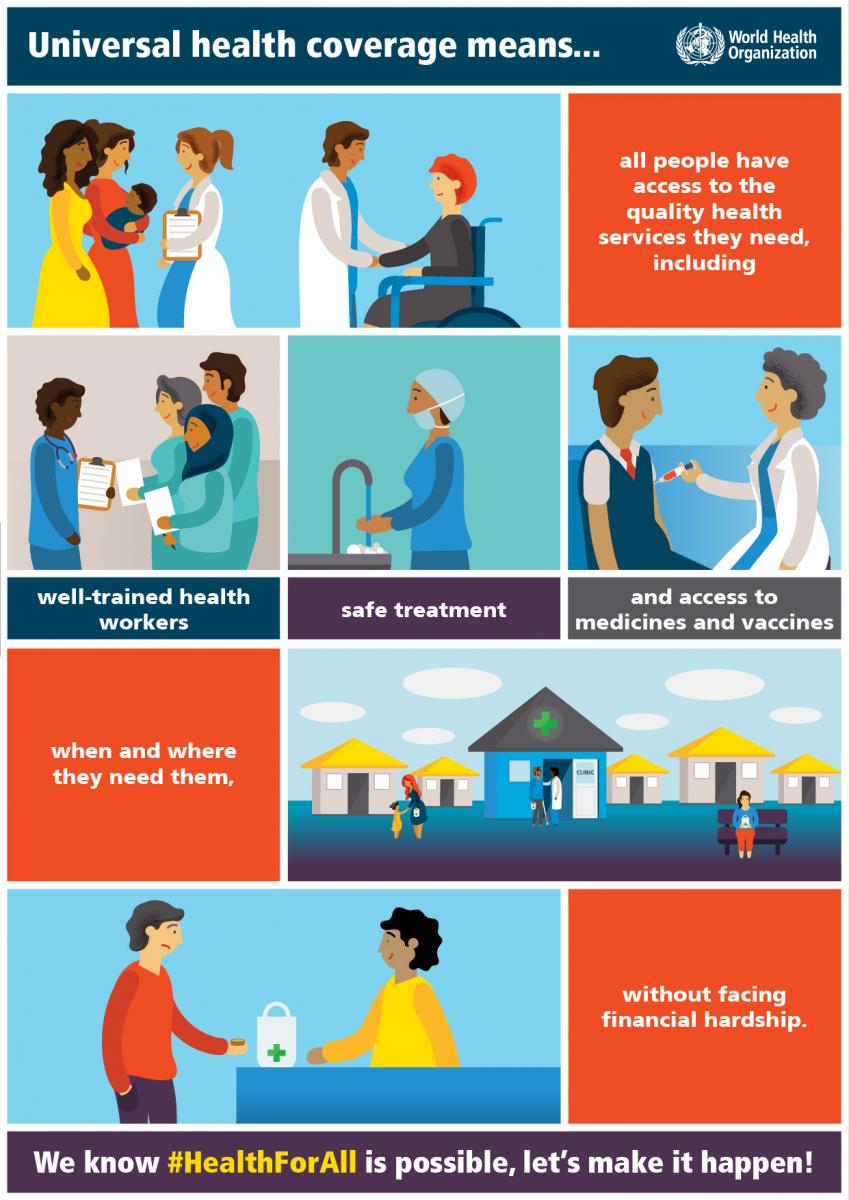#WorldHealthDay falls on 7 April and its main theme is Universal Health Coverage (UHC), the number one goal for the World Health Organization (WHO). Today we talk to Adjunct Associate Professor Jeremy Lim, who has an in-depth knowledge of the Singapore healthcare model and gives us his reflections.
This is a complicated subject. Tell us simply about Universal Health Coverage and the Singapore health financing model.
There is no one fixed model of universal health coverage, but there are a recognised set of design principles – that all people have access to the quality health services they need, when they need it, where they need them, without financial hardship.
The funding for universal health coverage or ‘pooled funds’ can come from government budgets, compulsory or voluntary insurance contributions, and employers and/or households. How these pooled funds are organised, used and allocated influences the model and delivery of universal coverage. Inevitably there are trade-offs between the population covered, the services covered, and how much of the direct costs are covered by the pooled funds. This is illustrated by the Cube Model by WHO:

UHC, like all health financing models, will always be a work in progress in balancing the coverage of service, coverage of population, and costs. A key question all health systems are wrestling with is how to make a healthcare system financially sustainable in an era of an ageing population with multiple chronic diseases, increasing health technology and high cost treatments.
Singapore has a mixed payor system that at its heart is a joint responsibility between the state and its people. Healthcare costs are shared through tax-based subsidies, compulsory savings accounts, health insurance and co-payments, and out-of-pocket payments.
The WHO model of universal health coverage advocates clearly for access to quality services without financial hardship, and accommodates mixed payor models and individuals contributing to the cost of their healthcare through co-payments or out-of-pocket expenses.
The key tension is balancing the policy intent of ensuring some element of co-payment to discourage over-consumption and over-servicing, and at the same time making sure no one experiences financial hardship due to medically necessary services.
What’s been the biggest change you’ve seen in healthcare financing over recent years?
The biggest headline change has been the large increase in national healthcare spending from S$11 billion in 2000 to S$21 billion in 2016. Healthcare also enjoyed prominence in this year’s Budget as the Government reassured citizens that it would “make healthcare more affordable, accessible and comprehensive”.
The increase in national healthcare spending is driven by population ageing with the attendant rise in chronic conditions — people are living longer but often with more years of poor health.
In addition to an increase in funding, there have been two crucial philosophical shifts: a policy acceptance of universal schemes such as MediShield Life, CareShield Life and Community Health Assist Scheme (CHAS) for every Singaporean with a chronic condition; and the embracing of the centrality of primary care in the Singapore system.

If you could make changes to positively impact the healthcare financing model, what would they be?
The most important debate to have is how much Singapore should allocate nationally for healthcare. Even with the increases mentioned earlier, we are still spending far less than other developed countries. Following from this would naturally be a debate about the balance of financing across public subsidies, insurance and individual co-payment and out-of-pocket payments.
Important to include in any discussion would be the issue of ‘known’ financial commitments and risks. What I mean by this is, currently the government contribution to the mixed payor model is ‘known’ in that it is ring-fenced and there are annual claim caps on MediShield Life (although there have been substantial increases in recent years), but there are no built-in safeguards for individuals to protect against catastrophic bills.

There can be high financial impact and severe anxiety for citizens even when bearing just a proportion of the total bill. For example, a coverage of 90% of a $100,000 bill by MediShield Life is very substantial of course, but the remaining 10% is still significant to individual Singaporeans. Exploring a cap on the citizens’ individual financial risks would be a natural next step that builds on the government’s recent policy acceptance and expansion of universal schemes.
A discussion on how to incentivise health promotion activities at every contact would also be timely (such as preventive care targets for primary care services linked to incentive payments). The need to consistently promote health and well-being aligns to the prioritisation of chronic diseases, which are often driven by lifestyle choices of individuals and require early identification and early intervention.
I would also like to see a focus on ensuring health equity, a core component of UHC. As with many areas, what gets measured gets managed. There are already large databases that we can leverage to better understand heath equity. We could, and should, develop a basket of metrics and establish a health equity index. These metrics should include the social determinants of health, as well as measures of accessibility to health services, their affordability and the outcomes, not only for our residents but also for the migrant workers who are a significant proportion of the population. When differences are discovered, as inevitably they will be, we should allocate resources preferentially to remove barriers and level up health outcomes. Health and healthcare equity can be a powerful force to rally and unite the country. Health equity matters, and this is a challenge that will sit well within an academic and government collaborative approach.
Singapore’s model is able to evolve to protect individuals from financial catastrophe, to support healthy ageing, and to reduce health inequity. The co-payment model creates health ownership for the individual, and the move to reduce financial barriers to preventive healthcare and to limit overall financial costs will encourage more people to seek screening earlier. I am positive about the future of our health financing model, particularly given the responsiveness of the government to see issues and act on them.
Tell us something surprising about you that people may not know.
I sit on the boards of HealthServe (a Singapore NGO catering to the health needs of low-income migrant workers), Dover Park Hospice (a local hospice), the Special Needs Trust Company (which supports special needs persons in their financials including healthcare costs), amongst other roles in the ‘people sector’. What is common to all is the focus on vulnerable populations, and these provide me a front-line perspective of our system. Singapore has come a long way, but the finishing line is by no means in sight. There is still a lot we need to do, and to do together.


